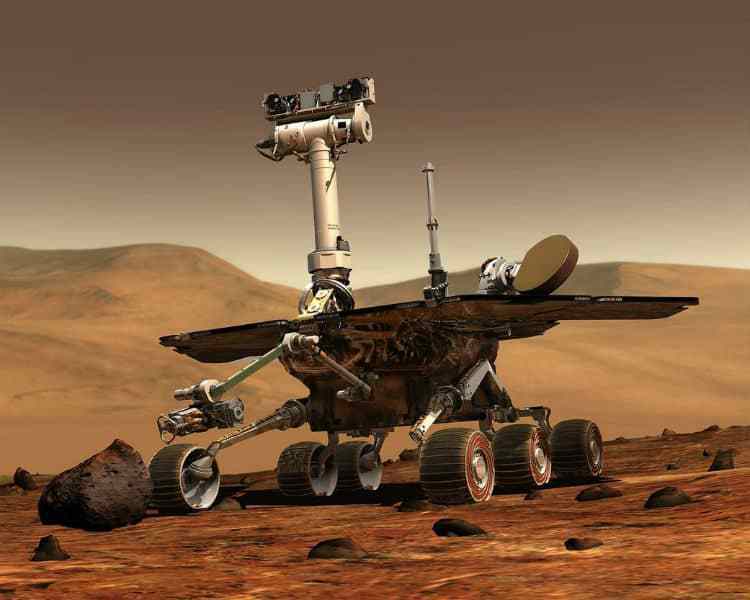
Thankful for All the Opportunity Rover Taught Us
October 9, 2018 - Emily Newton
Revolutionized is reader-supported. When you buy through links on our site, we may earn an affiliate commission. Learn more here.
They tell you to open the door when opportunity knocks, but if the Opportunity rover is knocking on your door, you’re a long way from home — unless your home is on Mars, that is. The Opportunity rover went offline, possibly for the last time, earlier this year after exposure to a massive dust storm.
Even if we don’t hear from Opportunity again until we land humans on the red planet, we’re still thankful for all this tenacious little rover has taught us over the years. Let’s take a closer look at the journey of Opportunity.
Launch Day — July 7, 2003
In July of 2003, Opportunity began its journey alongside Spirit, its sister rover. They arrived in orbit around the red planet at the beginning of 2004. Spirit made landfall on Jan. 4 of that year, and Opportunity began its journey on Jan. 25, three weeks later. Spirit’s launch patch featured Marvin the Martian, while Opportunity’s patch featured Daffy Duck, dressed as Duck Dodgers.
Both of these rovers were designed for a 90-day mission, but that was just the beginning of their journeys.
Liquid Water on Mars
One of the biggest things we’ve been looking for on Mars is water, or evidence that liquid water might have existed at some point there. That was one of the first things Opportunity found near its landing site. There was evidence in the sedimentary rock that liquid water had once existed on the surface of our nearest celestial neighbor. This was hailed as the scientific discovery of the year and is one of the most exciting finds of recent decades.
The rover discovered a number of hard spheres on the surface near where it had landed. Its geologist’s toolbox allowed Opportunity to identify the spheres as hematite. It’s a mineral you’re probably familiar with — nearly every tourist attraction sells Earthbound hematite milled into rings for a couple of dollars.
What made this discovery so exciting? Scientists almost always find hematite in the presence of water, at least on Earth. By that logic, water would have had to exist on the surface of the planet at some point in order for the hematite to form. Later, it also discovered the presence of a mineral called jarosite. This mineral only forms in areas where there is acidic water — it is converted from hematite when the mineral is exposed to both heat and sulfuric acid. While humans probably don’t want to drink acidic water, it is an environment where microbes can thrive. It indicates there may have been, at one point in its history, life on Mars.
Crater Hopping
Opportunity was able to find evidence that water used to exist on the surface of Mars because its landing crater exposed the lower surfaces of the planet. Rather than drilling through thick surface layers, scientists decided that Opportunity should hop its way across the Martian landscape, traveling from crater to crater, using past meteor strikes to explore the planet’s history.
From its landing point on the Meridiani Planum, it moved through the Eagle Crater, the Endurance Crater, the Victoria Crater and the Endeavor crater, spending up to 1,000 days traveling the distance between each one. The trip between the Victoria and Endeavor craters was only 21 kilometers, but it took more than 1,000 days to complete.
Trapped in Purgatory
It hasn’t all been sunshine and Martian roses for Opportunity on the surface of Mars. On April 26, 2005, while traveling between the Endurance and Victoria craters, Opportunity got stuck in a sand dune. This dune, dubbed Purgatory Dune, nearly ended the rover’s mission. It took 38 days for the rover to free itself.
It did finally manage to free all six of its wheels from the sand and continue on its way.
Opportunity’s Driving Record
Opportunity has been traveling for more than a decade now, but it hasn’t made it as far as you might think. On March 24, 2015, NASA celebrated Opportunity’s Marathon status. The rover had traveled 42.195 kilometers — roughly the same distance as a standard marathon.
It doesn’t sound like a huge distance, but for a 15-year-old rover, it is an amazing achievement. Still not convinced? See how Opportunity’s travels compare to other famous martian and lunar rovers.
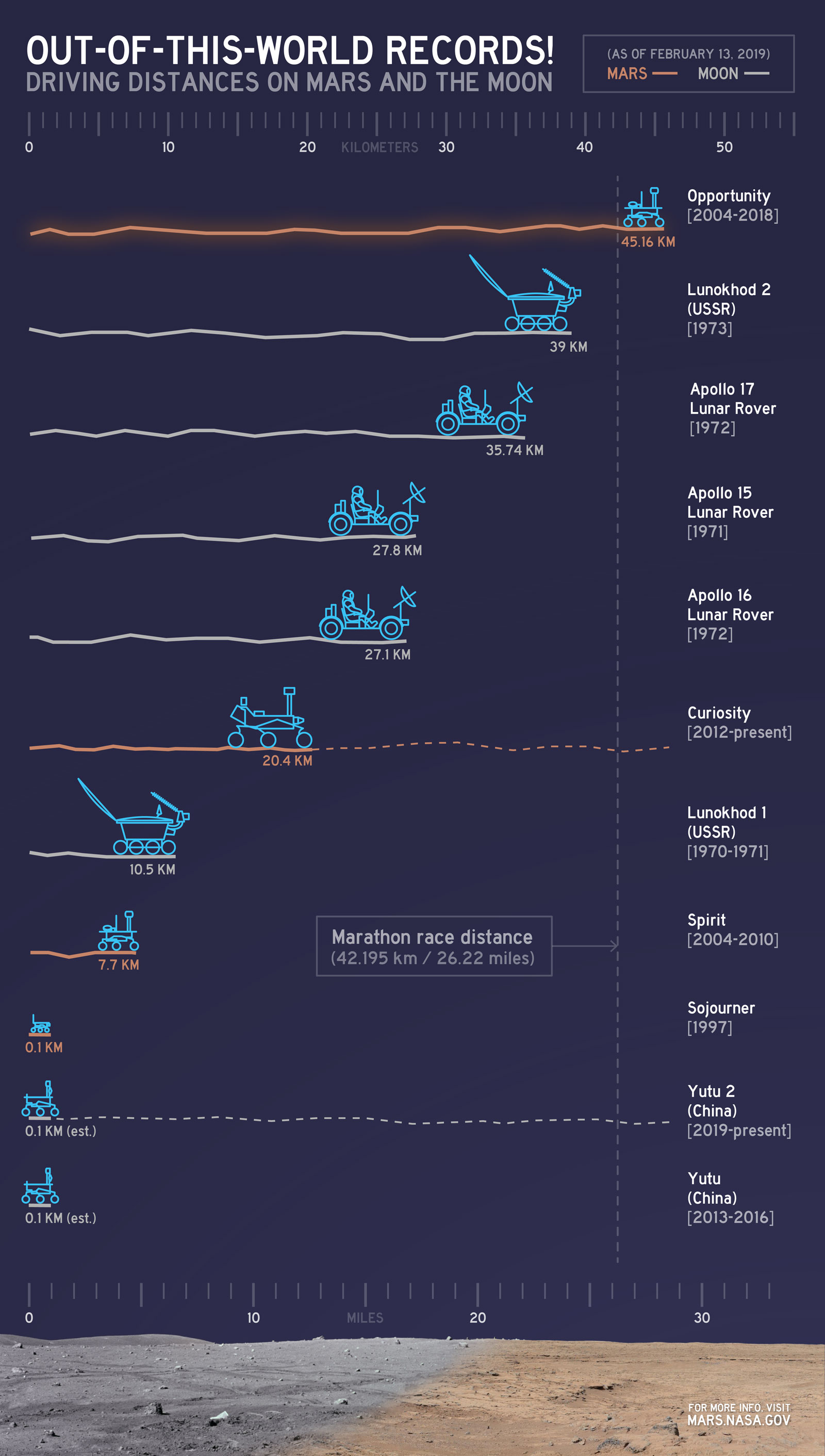
Saying Goodbye to Spirit
In April of 2010, Opportunity’s sister rover got stuck in another sand dune, similar to the Purgatory dune that trapped Opportunity for more than a month. Scientists at NASA were hopeful they would be able to free the trapped rover the same way they did with Opportunity in 2005. They even started the Free Spirit campaign to allow the rover’s fans to keep up with its trials.
Unfortunately, in spite of the best efforts by Spirit and the team back on Earth, the rover was unable to extricate itself from the sand trap, and went offline permanently on May 25, 2010. Thankfully, Opportunity wouldn’t be alone on the red planet for long. Curiosity landed just over two years later on Aug. 6, 2012.
The End for Opportunity
Sandstorms have always been a problem on Mars, especially for the Opportunity and Spirit rovers, which relied primarily on solar panels for their power. In June of 2018, a massive sandstorm wrapped more than half the planet, and Opportunity was in its path. The plan was simple — put the rover into sleep mode until the storm passed, and then reactivate it. This would save the rover’s reserve power and allow it to weather the storm.
The storm lasted an astonishing four months, and when it finally dissipated, NASA scientists tried to contact the rover. They received no response. It wasn’t looking good. While they are hesitant to bring the mission to an official end, it isn’t looking good for the robot that has been exploring the surface of Mars for more than a decade, exceeding its original 90-day mission many times over.
Final Communication: June 10, 2018
On June 10th, 2018, during a massive sandstorm that spanned the planet, Opportunity sent its last message:
My battery is low, and it’s getting dark.
While the 2018 storm wasn’t as big as the similar storm that spanned the red planet in 2007 — which Opportunity survived — it looked like the massive sandstorm spelled trouble for Opportunity.
The storm started to die down by the end of July, but the little rover didn’t call home. Over the next eight months, NASA engineers tried to contact Opportunity. They used the Deep Space Network, which was how the probe would frequently communicate, as well as some DSN antennas that could pick up the rover’s voice even if it wasn’t strong enough to connect to the network.
The engineers expected that Opportunity would go into one of three fault modes:
- Low Power Fault — If its battery gets too low, the rover goes into hibernation mode. Once its solar panels are uncovered, it’s supposed to charge up then call home.
- Clock Fault — If the rover goes into hibernation and the clock fails, Opportunity doesn’t know when to wake up.
- Up loss Fault — If the rover can’t communicate with Earth, it might go into this fault mode. This should trigger a self-diagnostic.
After eight months of listening and trying to send commands to Opportunity, NASA concluded that the rover was, indeed, lost.
NASA Declaration: February 13, 2019
After eight months of trying to contact Opportunity, NASA officials officially declared the robot dead. After this decision, NASA played one last song for the little robot — Billy Holiday’s “I’ll Be Seeing You.”
I’ll find you in the morning sun | And when the night is new | I’ll be looking at the moon
But I’ll be seeing you.
This sparked a flood of emotional posts, from Curiosity — Mars’ other rover — and Opportunity fans across the globe.
Traveling to Mars
In spite of the problems the rovers have faced on the surface of Mars, people are still obsessed with the idea of living on the red planet’s surface. We’re still quite a few years away from sending any astronauts to Mars, but though the Opportunity rover has finally failed as the result of the massive planet-spanning sandstorm, it proves that human engineering and ingenuity can survive for decades even on the harsh Martian surface. That bodes well for the possibility of future colonization.
Now that we have to say goodbye to this rover, we’re thankful for all the things it’s taught us over the years. Without Opportunity, we might not have found signs of water or life on Mars. That alone is worth everything — especially if we’re continuing to work toward becoming an interstellar species. Mars could prove to be our second home. We hope that once we finally reach the red planet, we will take the time to find Spirit and Opportunity. They deserve a thank you for all they have contributed to science during their lifetimes.
While Opportunity may have gone silent, the fantastic discoveries it shared over the years will live on. And hopefully, when we finally set foot on Mars, we’ll find her there waiting for us.
Featured Image Credit: NASA/ JPLEditor’s Note: Article updated February 15, 2019 to include new information about Opportunity’s last contact and NASA’s declaration to end the mission.
Revolutionized is reader-supported. When you buy through links on our site, we may earn an affiliate commission. Learn more here.
Author
Emily Newton
Emily Newton is a technology and industrial journalist and the Editor in Chief of Revolutionized. She manages the sites publishing schedule, SEO optimization and content strategy. Emily enjoys writing and researching articles about how technology is changing every industry. When she isn't working, Emily enjoys playing video games or curling up with a good book.
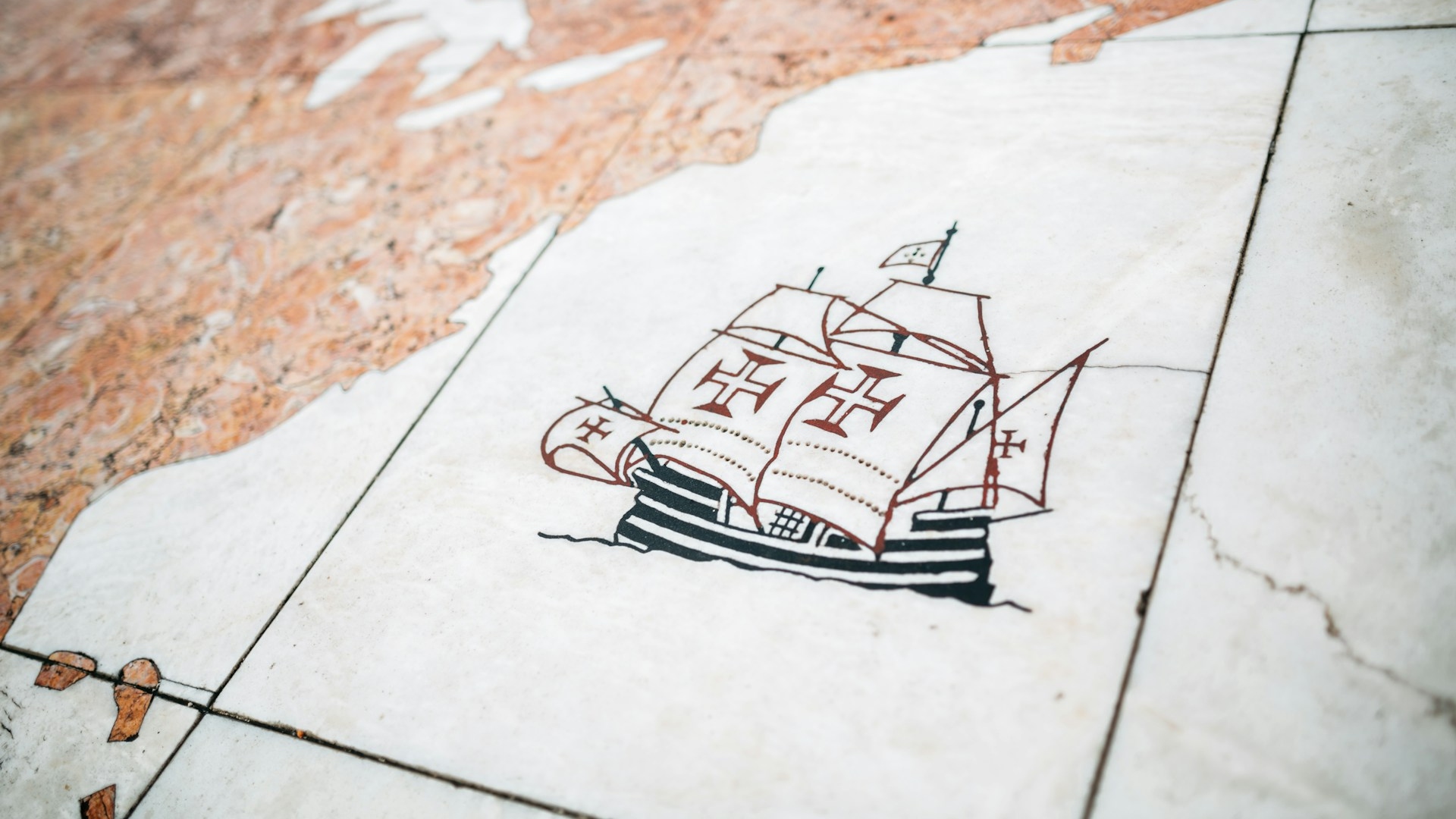


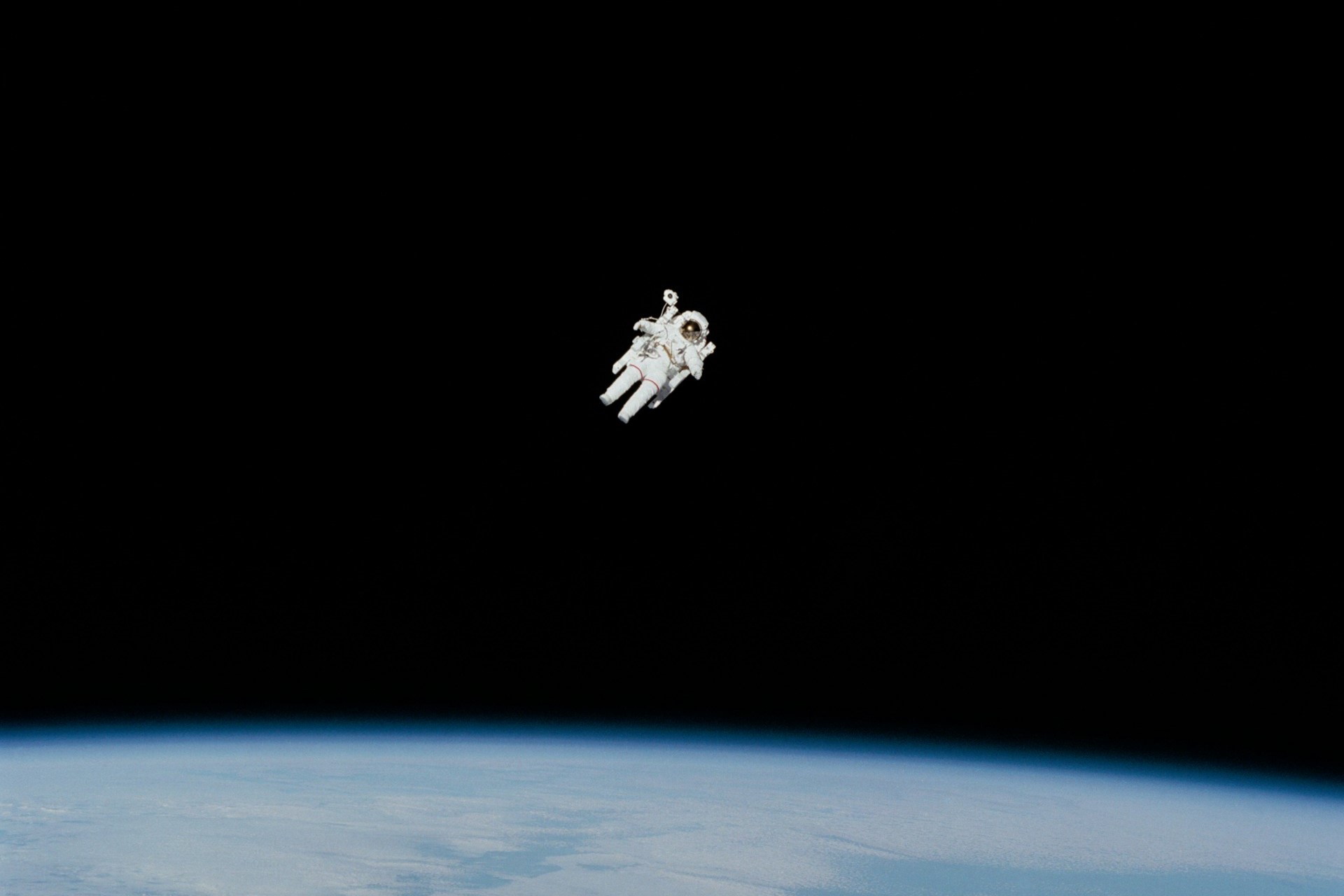
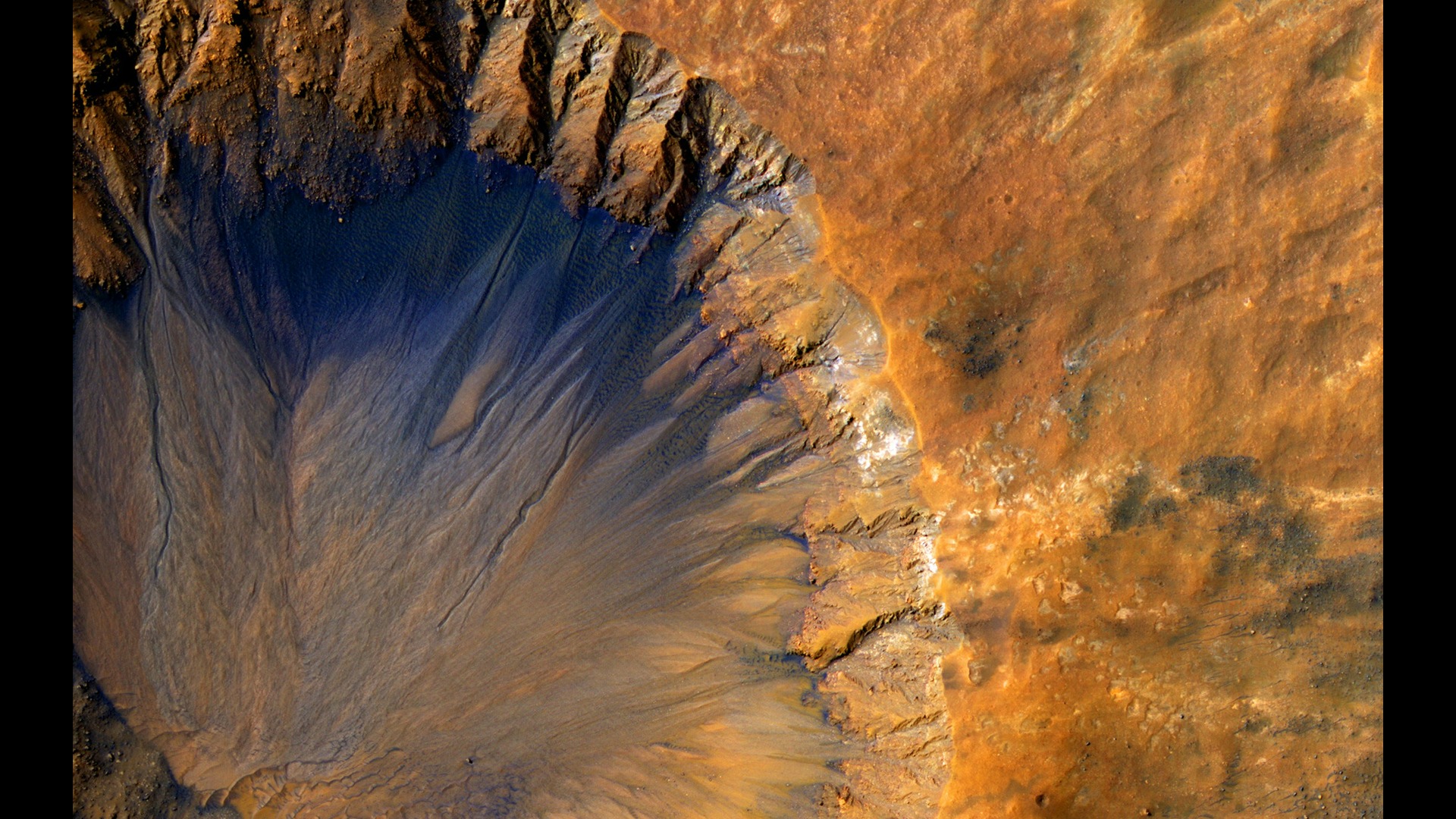



Humanity’s greatest explorers aren’t always human. Rest well, rover. Your mission is complete. Thanks for everything, Oppy!